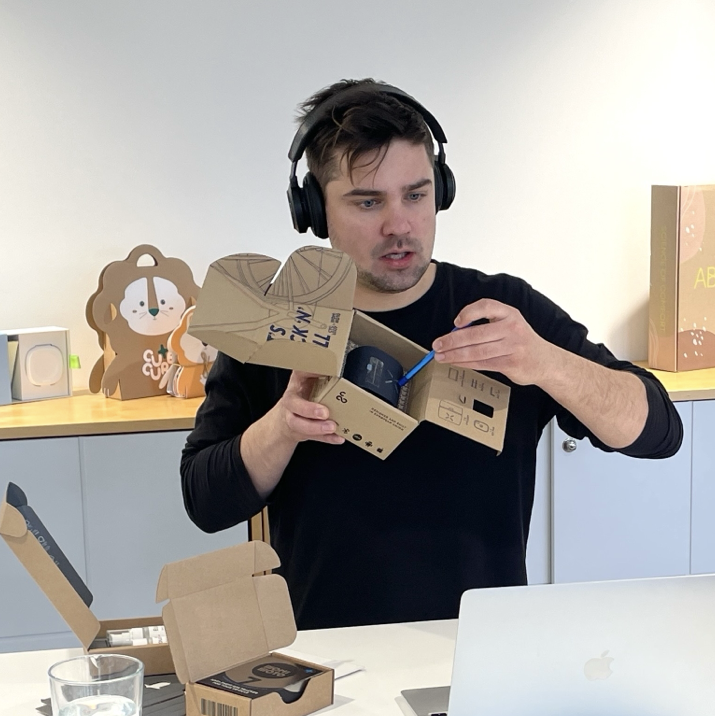How the waterless products trend is impacting packaging
Packaging design starts with the contents. In the case of many products in the home, such as cleaning products, those contents are primarily water once you break it down. As such, brands are ultimately shipping large amounts of water to production facilities and then to distributors, retailers and directly to customers. This doesn’t just have a financial cost – the water in these products means they’re heavier and take up more space so cost more to ship and store – but also an environmental one. In order to tackle the problem, there is a fast-growing trend towards waterless products that come in a solid form for the customer to mix with water at home.
Creating cleaning products without water Direct-to-consumer brand Blueland is one leader in the waterless cleaning product movement. It spent over two years developing its concentrated solid cleaning tablets including making them safe to use in ordinary tap water. With the water removed from the equation, the packaging also had to change. Materials are shifting from plastic to soluble casings and cardboard. Packaging now has to be designed not just for the solid product and how it will be transported but also how it will be used by the customer at home. To that end, Blueland offers a starter set featuring durable acrylic trigger bottles to first time customers. These bottles have been carefully designed to be attractive to look at, as well as effective to use, in order to encourage customers to keep reusing them. This is a key element as the longer a customer has to live with a purchase the more considered they will be about it. As such, Blueland has added an attractive coloured base and trigger to each bottle. Not only do they make the bottles a talking point, but they also make it easy for customers to see at a glance which bottle is which. The colours used for each cleaning product also coordinate with the colours used on the packaging of each tablet refill making the whole process as easy and automatic as possible.
Iron & Velvet is another company that is reimagining cleaning products through refills. Rather than selling plastic bottles of product that are thrown away after one use, the brand only sells water-soluble sachets of its concentrated cleaning products. Customers simply add them to a bottle of their choice with water and the product is ready to use. Naturally this means Iron & Velvet’s products are packaged differently to other cleaning products. Its sachets come in a letterbox friendly cardboard box which is more cost-effective and environmentally friendly. This makes them a convenient option for customers as opposed to buying traditional cleaning products online which would require someone to be home to receive.
Cosmetics that you mix at home Beauty is another category where make-at-home products are on the rise. Natural handmade beauty company Haeckels is also experimenting with tablet-form products with its Body Cleanser Concentrate. Once again, the missing ingredient is water as the cleanser comes in pill form which customers must mix with water at home. Haeckels offers a year’s supply of the cleanser at a time which means customers never have to worry about running out. The product has also prompted new packaging developments. Haeckels has created a beautiful reusable ceramic dispenser for the product and a pill storage pot to keep the other tablets safe until needed. These accessories have a high-end feel which helps to off-set the fact that customers have to put in some work themselves to make the product up at home. They’re far more likely to go to this effort for something that looks and feels beautiful in the end. What’s more Haeckels says that buying the product this way is up to 90% cheaper than buying the cleanser in its traditional format. Not only is this a great incentive for customers to try the product, but it can also help them to justify spending on the beautiful packaging. With this trend unlikely to be going anywhere, packaging designers will need to consider how they can design something that maintains the brand feel that customers are used to but is fit for purpose for a waterless product.
By Cate Trotter, Head of Trends at Insider Trends, London


